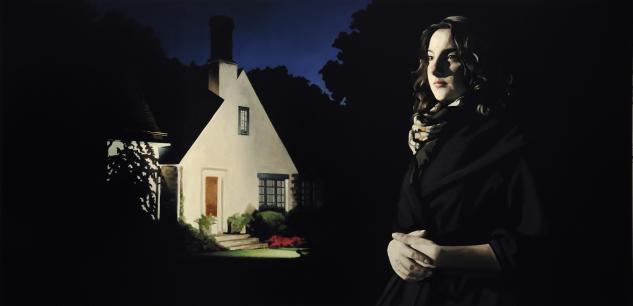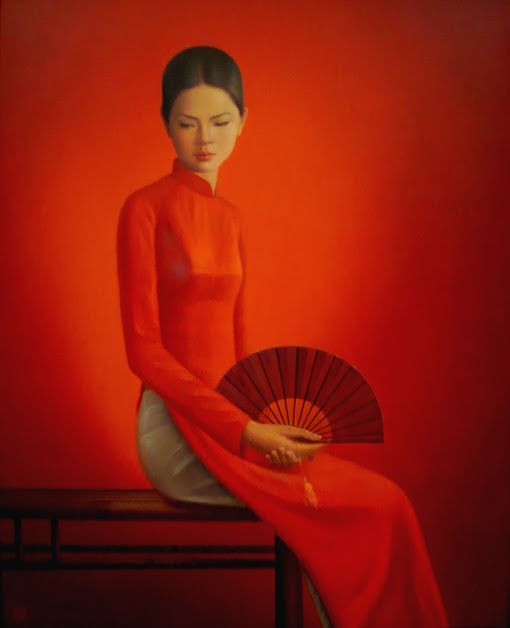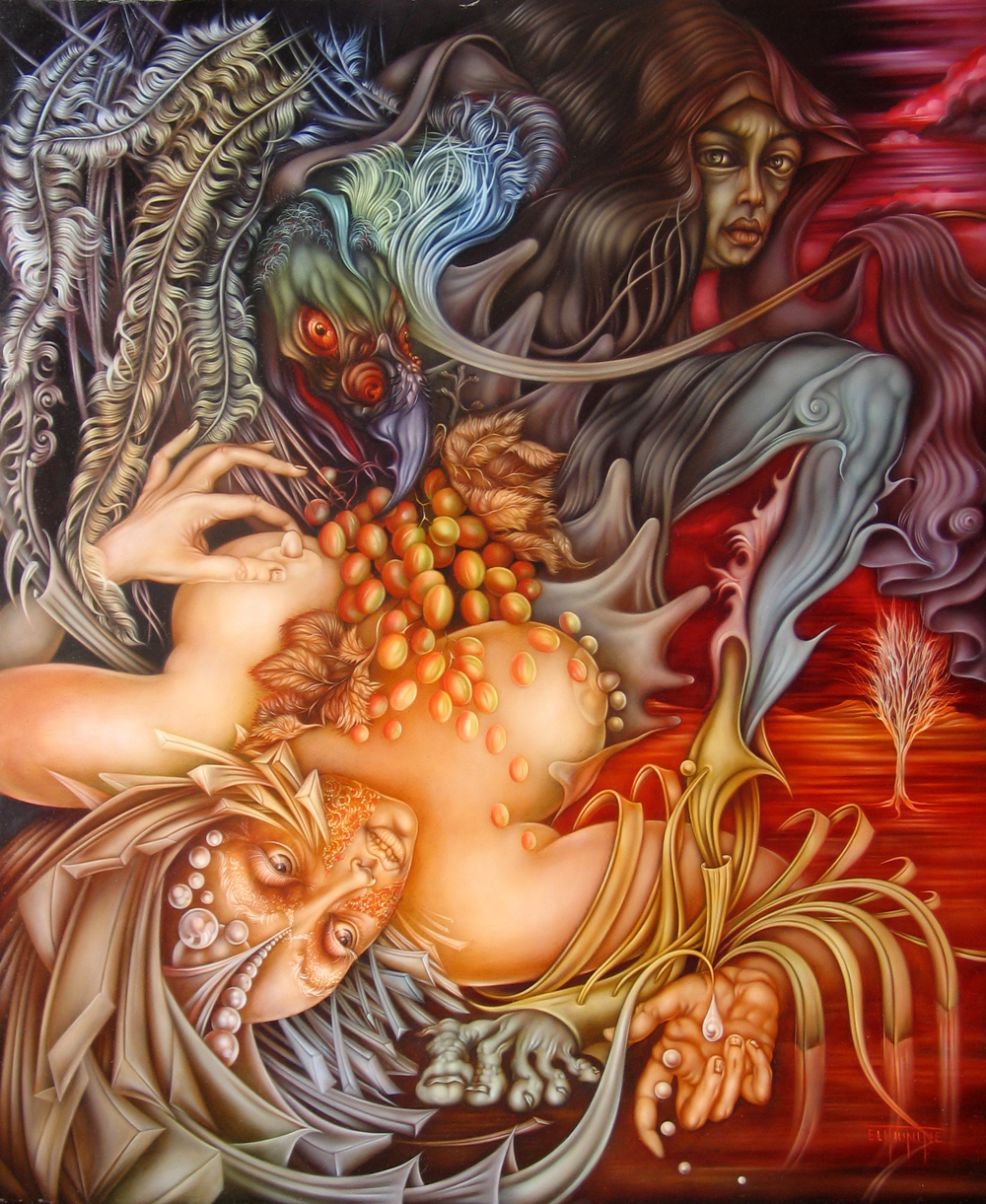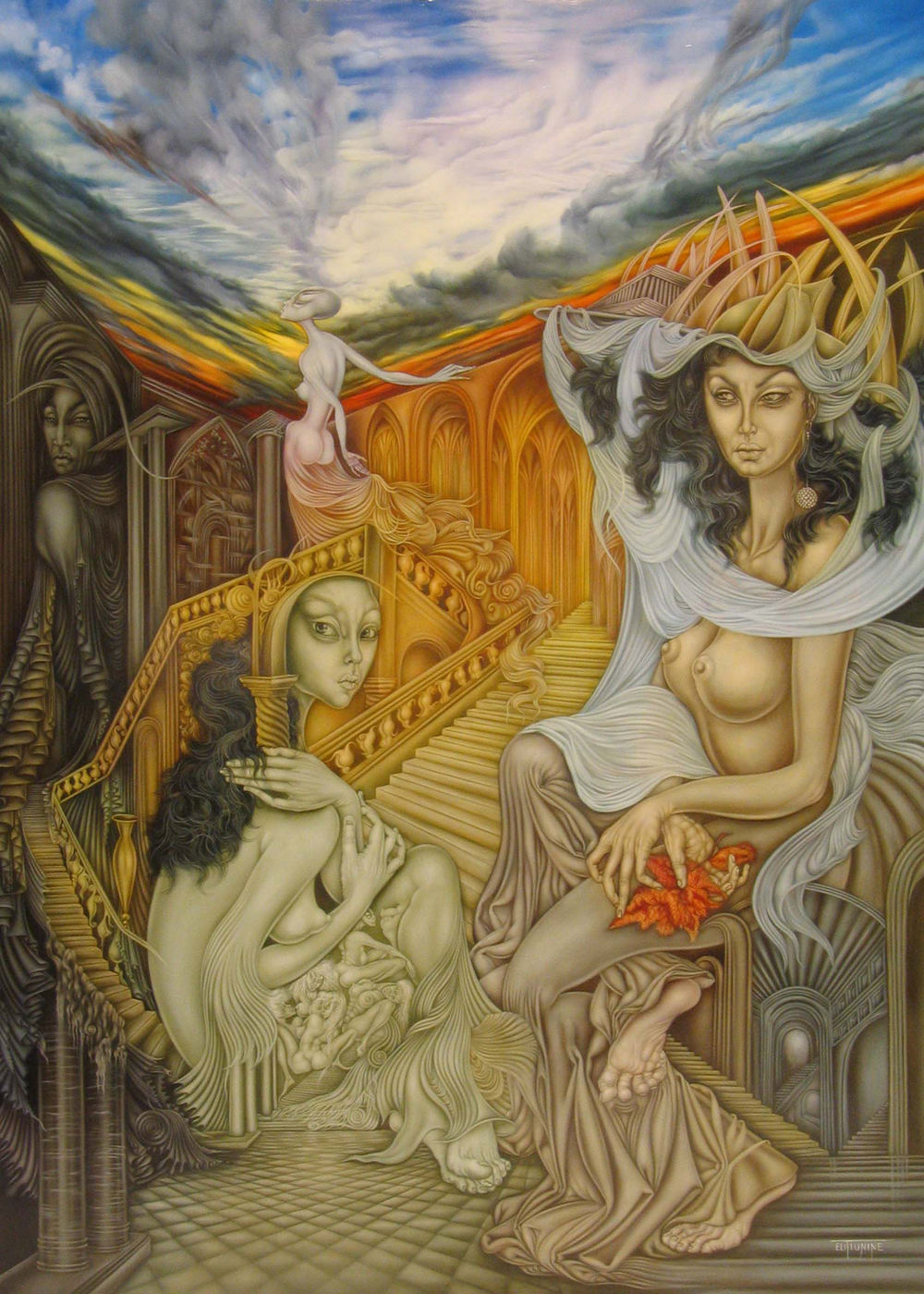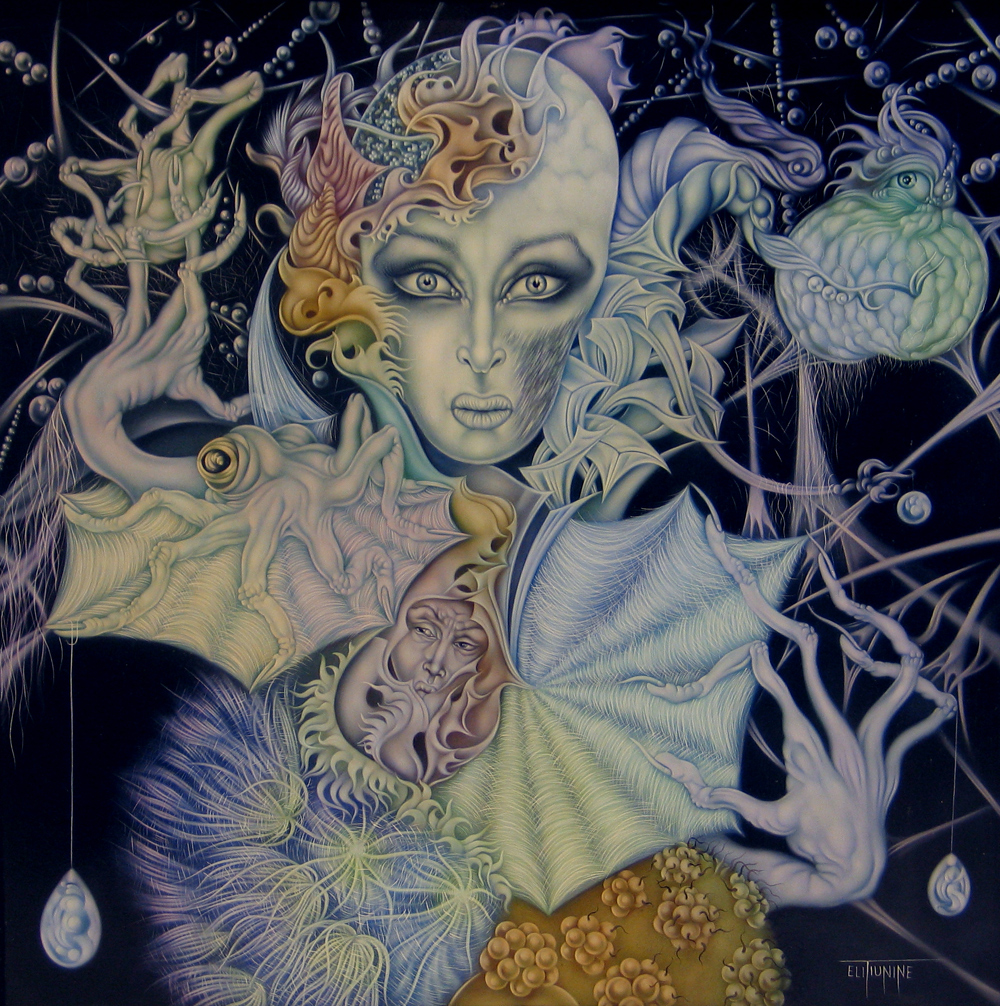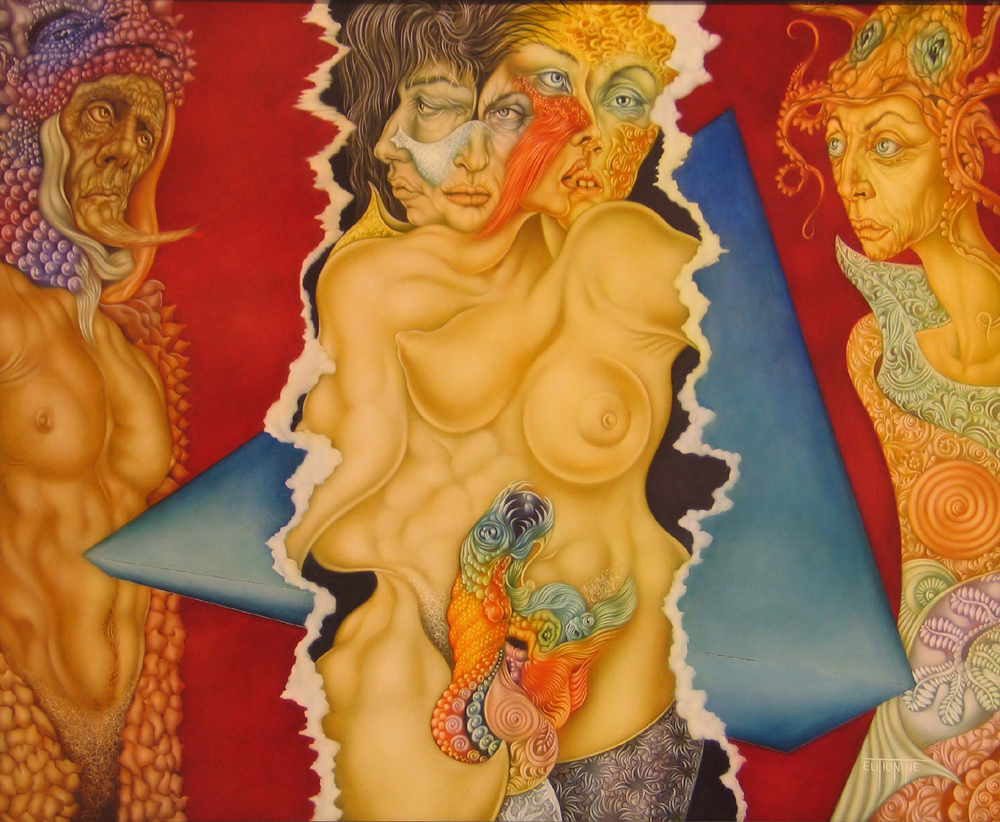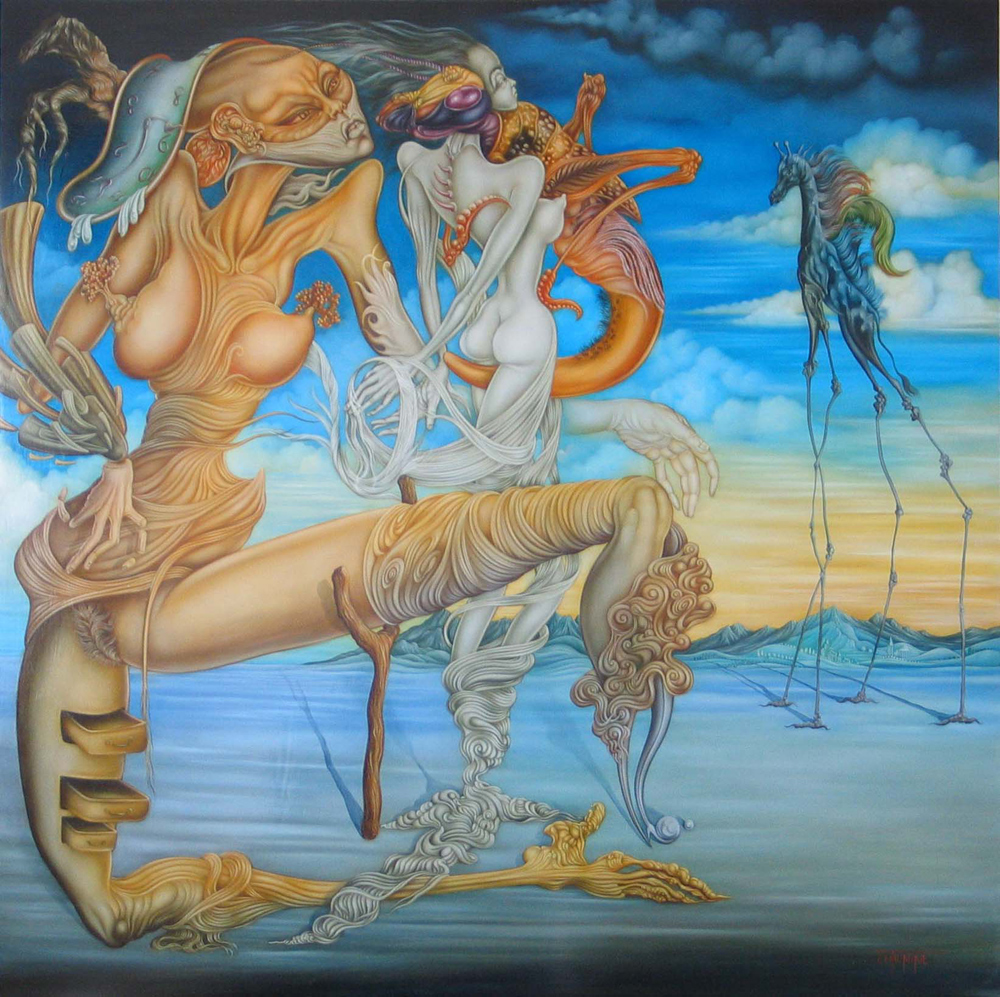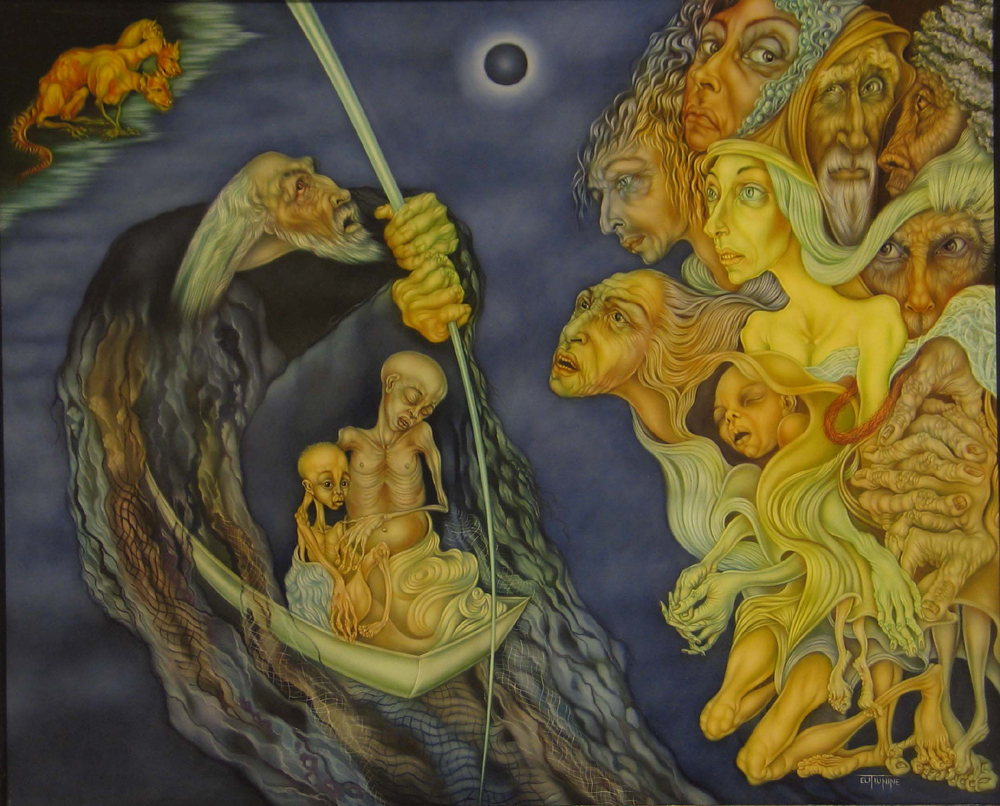
“ I love both classical as well as modern painting and I enjoy expressing myself using the instruments as well as the language of both these art forms; in this way each time I manage to espress various aspects of my personality and inner world.
''I was born in Todi (Italy). I completed my secondary school education in classical studies, and then earned a degree in Architecture at the School of Architecture of Rome University (Italy).
I have never attended an art school, so I am self-taught. As a child I began to draw and experiment with color.
While in high school art history appealed to me more than Latin or Greek. I was fascinated by the Italian Renaissance and the great artists of that period, as well as by the Flemish masters.
I was struck by the emotional balance and rigorous composition of Piero della Francesca, the plasticity and drama of Caravaggio and Rembrandt, as well as the poetry and delicacy of Vermeer.
Modern painting, on the other hand, fascinates me for its freedom of language as well as its capacity for continual innovation.
During my university years, my scientific background contributed to the maturation of the two innate aspects of my personality: the imaginative and the rational.
Following my degree, in addition to working in my profession, I have also dedicated much time to other artistic expressions.
I have drawn comic strips and done book illustrations, as well as graphic art, and I have become deeply interested in digital art.
My artwork has received various prizes and awards, both in Italy and internationally.
Since the moment I recently discovered painting this has become a consuming interest for me. I do mostly oil paintings, and the themes I portray are very diverse: I enjoy representing reality, but also adventuring into the dimensions of the imagination and of the surreal, as well as sounding the depths of Man's feelings and inner life.
As for digital artwork, I am fascinated by this art form and its possibilities and I am continually searching for and experimenting with new techniques. I realize both two-dimensional images, as well as three-dimensional and photorealistic images.
I feel that the common thread which runs through my images - although they differ very much one from another - is a positive vision of life, a sense of confidence in human capacities, a desire to dream, a wish to sound inner feelings, and a love of nature.
The main subject of the present series of paintings is the human figure (male as well as female), a being always on the move, perenially searching, reflecting and investigating, questioning both the universe outside as well as that within himself, artefice of his own destiny.
I prefer to work applying thin layers of color, superimposing one over the other until the desired effect is reached.
I live with my wife, Diane, my two children, Deborah and Tommy, our dog, Odie, and four cats.''









